Many fruits are commonly seen with their stems still attached when picked or sold—a small detail that often goes unnoticed but plays a role in freshness, handling, and even visual appeal. From everyday fruits like apples and cherries to more exotic ones like rambutan and Buddha’s hand, the presence of a stem can hint at how the fruit was harvested or how fresh it is. There are quite a number of such fruits, but we’ve listed just a few to get you started.
1. Apples
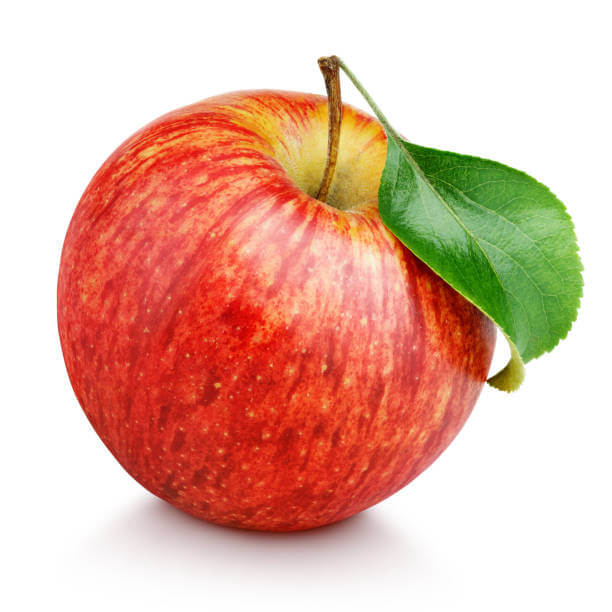
Apples often sit upright in markets, proudly displaying their short, sturdy stems like little handles. While they’re usually just decorative post-picking, those stems once served as lifelines, delivering nutrients and sugars as the fruit ripened on the branch.
2. Cherries
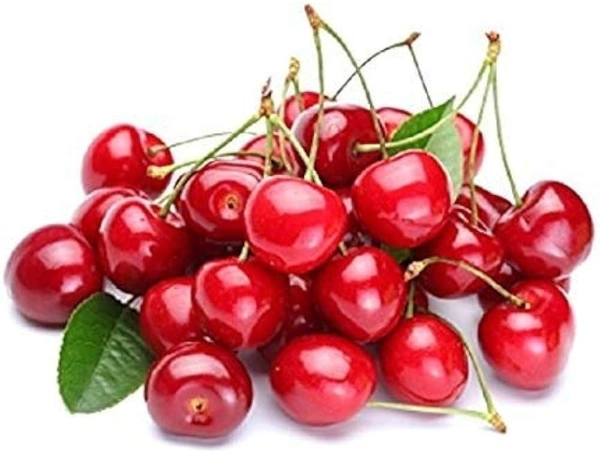
Cherries dangle gracefully from long, green stems, often sold in tangled bunches that look freshly plucked. Keeping the stem intact not only enhances their shelf appeal but also helps slow down moisture loss, preserving their plumpness a little longer.
3. Grapes
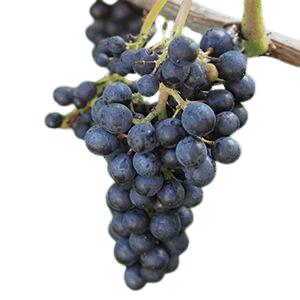
Grapes arrive clustered together on branching, sometimes wiry stems that twist through the bunch like a viney backbone. The color of those stems—green or brown—can quietly reveal how recently they were harvested.
4. Pears
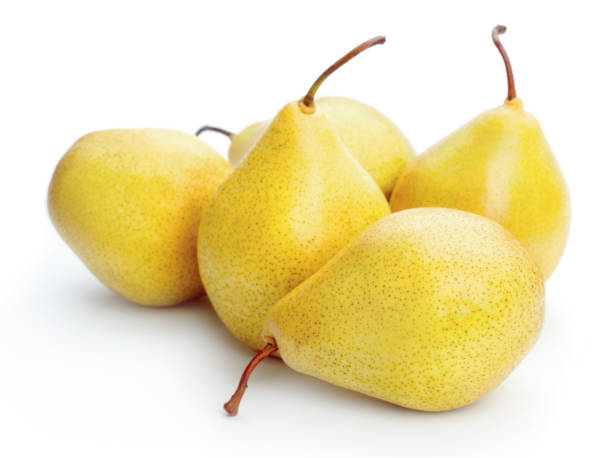
Pears, with their elegant teardrop shape, usually come with a thin, upright stem that accentuates their classic silhouette. Fun fact: pears are among the few fruits that ripen better off the tree, developing their flavor in your fruit bowl, not on the branch.
5. Plums
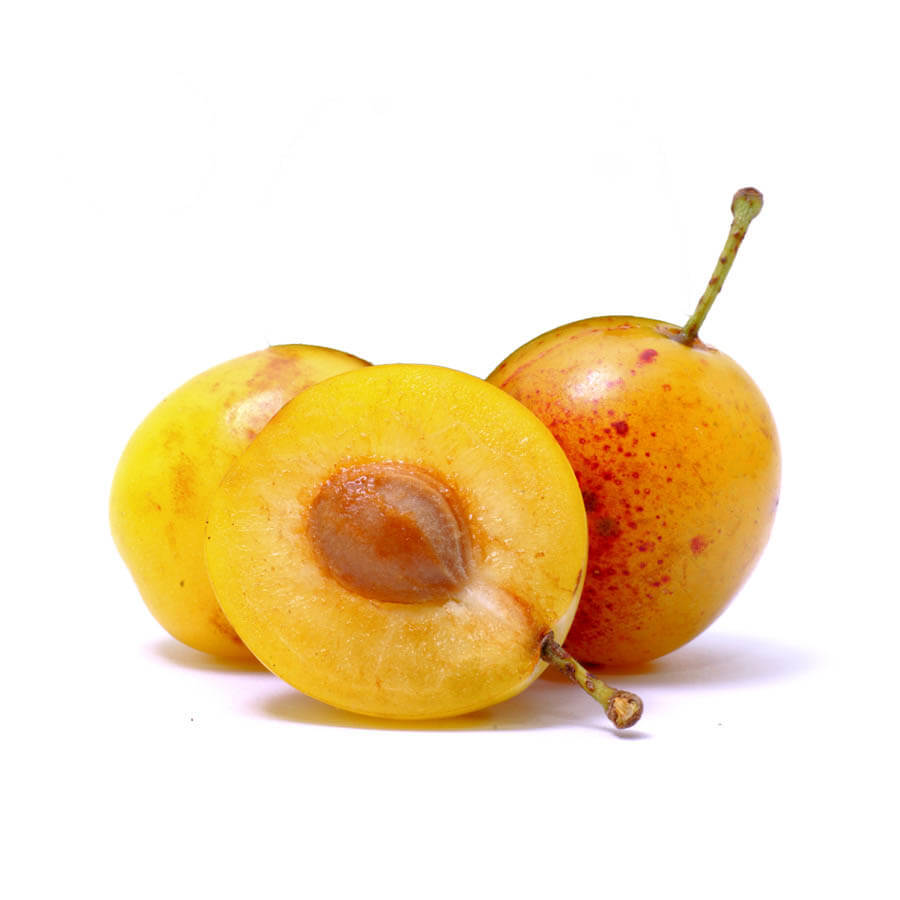
Plums are often nestled into crates with their short stems still poking from the top, sometimes barely noticeable unless you look. That little nub, though minor, helps reduce damage during harvest and shipping—plums bruise easily.
6. Peaches
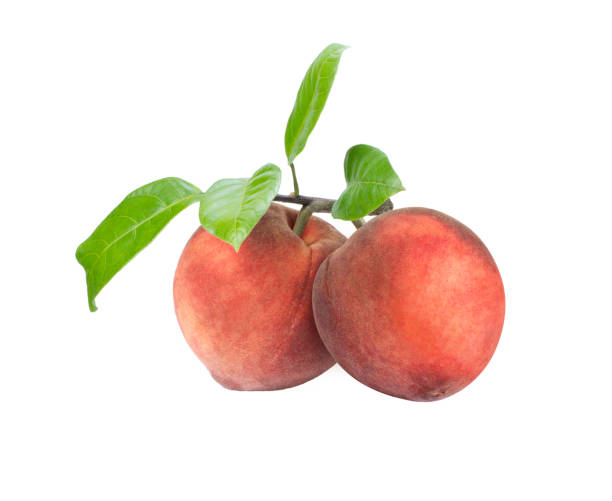
Peaches occasionally keep their thick stem nestled in the fuzzy indent at the top, though sometimes it breaks off during picking. The peach’s stem cavity is one of the best spots to gently press when checking for ripeness—no need to squeeze the whole fruit.
7. Nectarines
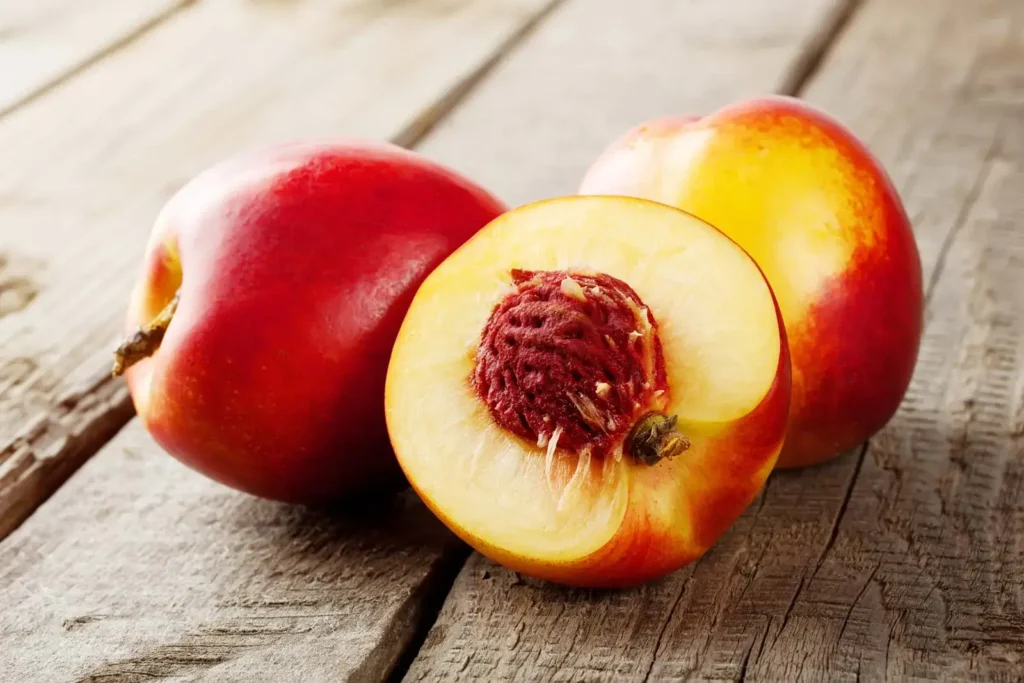
Nectarines, the peach’s smooth-skinned sibling, might retain their stubby stem when picked carefully. Because they lack the fuzz that protects peaches, nectarines are more prone to skin blemishes, making that little stem a crucial grip point.
8. Figs
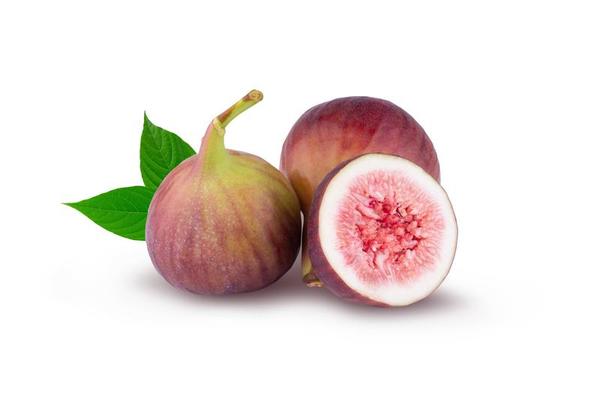
Figs don’t just have stems—they have short, chunky necks that give them a signature droop. That curved stem is more than decorative; it’s a fragile part of a very delicate fruit that starts to spoil quickly once removed from the tree.
9. Persimmons
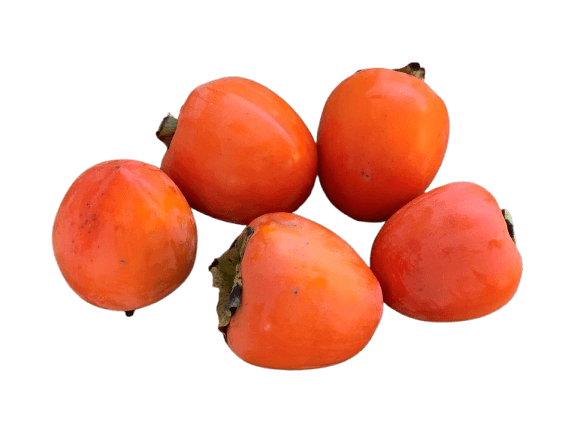
Persimmons look ornamental with their thick stems surrounded by a papery green calyx that resembles a flower. The calyx isn’t just pretty—it’s essential for identifying the variety and ripeness stage, especially in astringent types.
10. Tomatoes
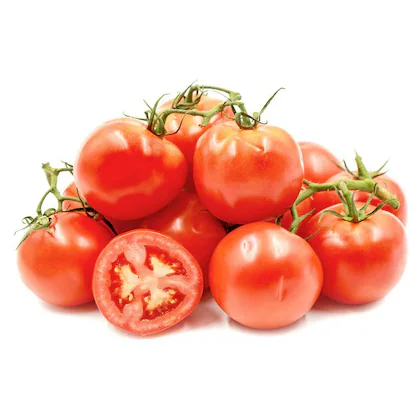
Tomatoes, especially vine-ripened ones, are often sold with a bit of the green vine still attached, smelling fresh and earthy. That attachment not only adds aroma but also signals that the fruit ripened naturally and wasn’t picked too early.
11. Strawberries
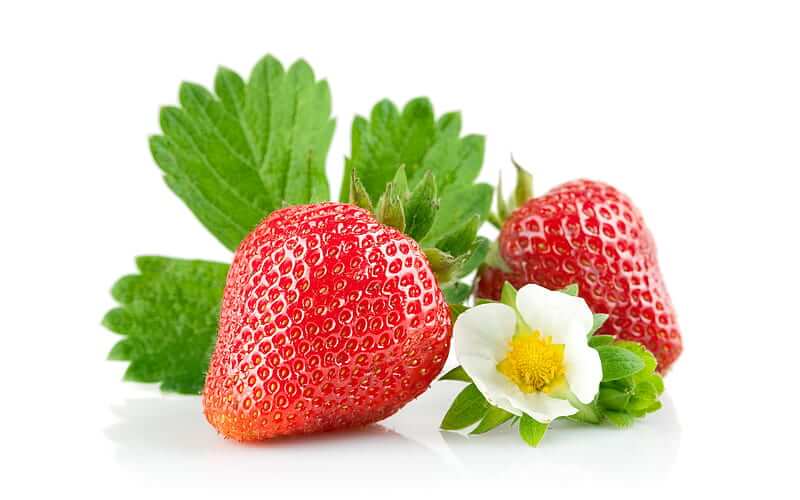
Strawberries come crowned with green leafy tops and thin stems that snap easily but often stay on during picking. Their stems are useful not just for aesthetics but also for dipping, hulling, and holding without squishing the fruit.
12. Gooseberries
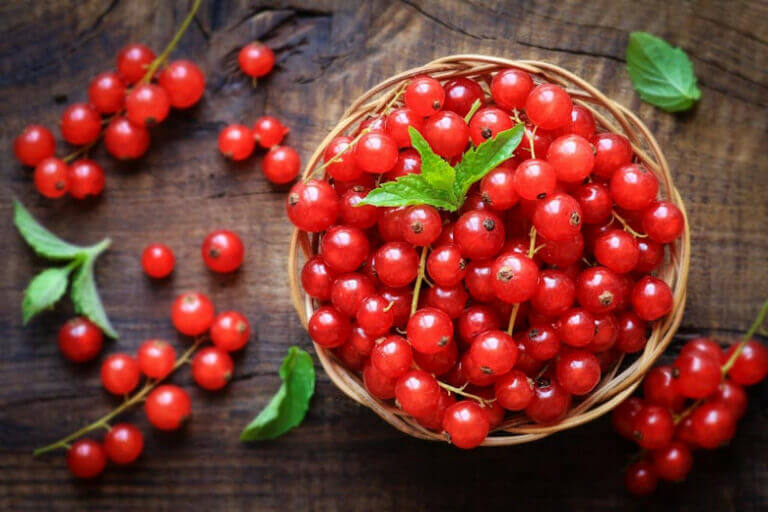
Gooseberries are tiny orbs with a delicate stem on one end and a dried blossom remnant on the other—both are usually removed before eating. Their stemmed look gives them an old-fashioned, foraged feel.
13. Currants
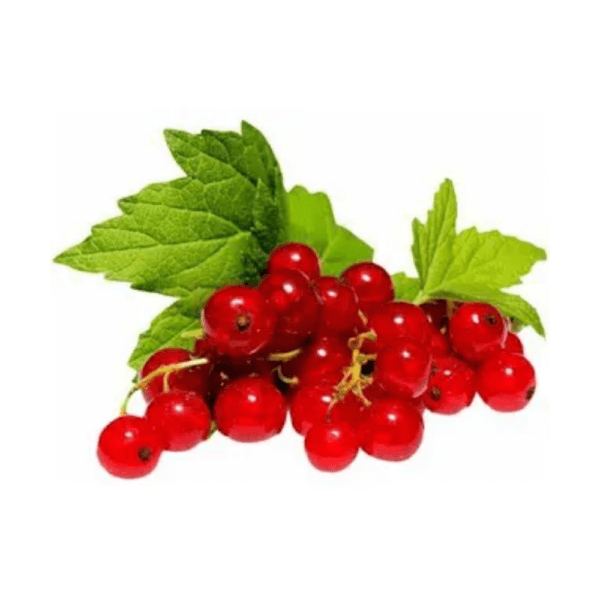
Currants, whether red, black, or white, are often seen hanging like beads on delicate stems when freshly picked. The stemmed presentation is not only traditional but also minimizes juice loss during handling.
14. Mulberries
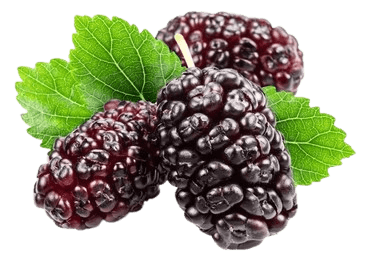
Mulberries are unique among berries for having their stem embedded within the fruit—so when picked, the stem comes off with it. That gives them a slightly chewy core and makes them trickier to transport commercially.
15. Blueberries
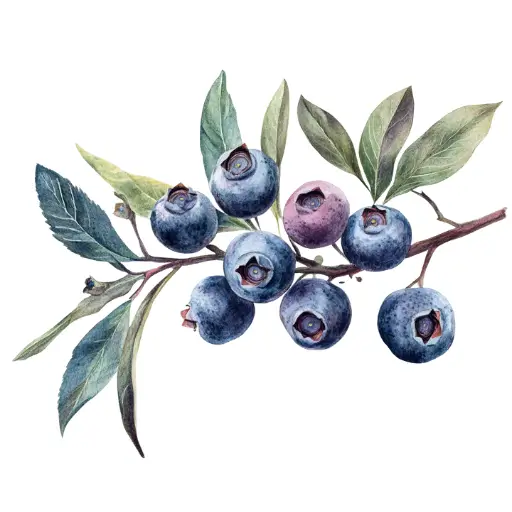
Blueberries are generally de-stemmed before reaching store shelves, but when freshly picked, they come with a short, cleanly broken stem at the base. These tiny stems can signal careful handpicking rather than mechanical harvest.
16. Blackberries
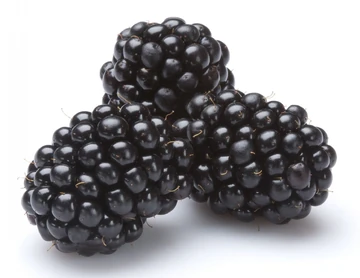
Blackberries are harvested with their stems inside, meaning the core stays with the fruit unlike raspberries. This gives them a meatier, firmer bite and slightly longer shelf life compared to their hollow cousin.
17. Raspberries
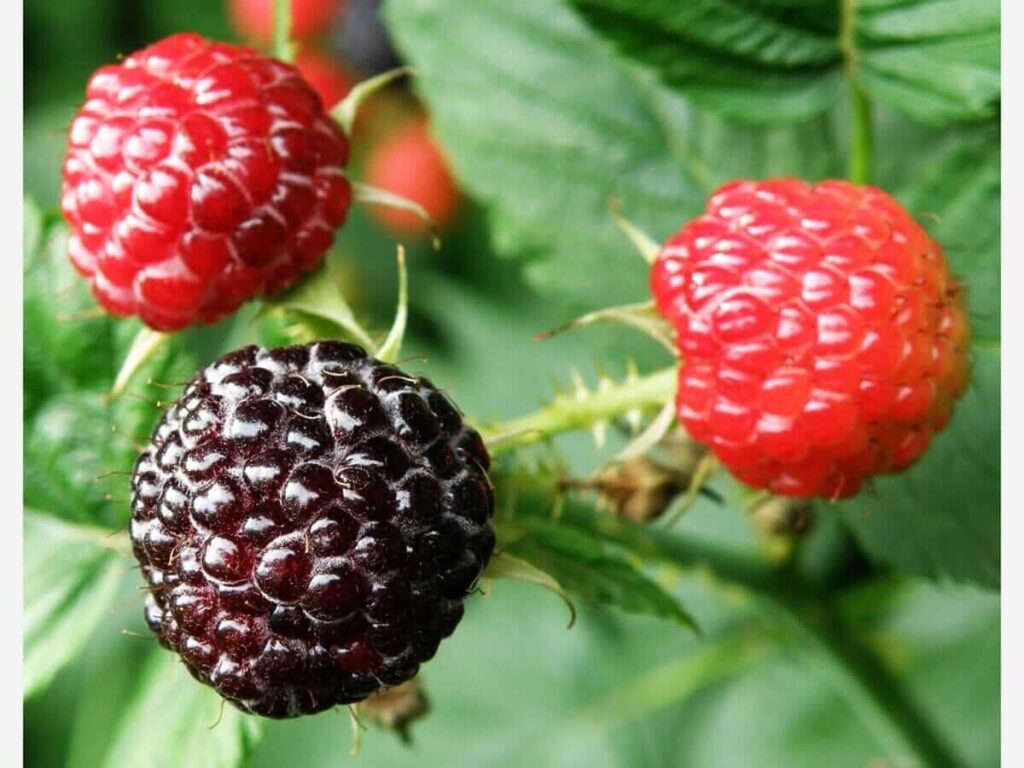
Raspberries separate from the stem entirely when picked, leaving a hollow center where the core was. Though they don’t retain a visible stem, the absence of one is actually a trait of their ripeness and readiness.
18. Cape Gooseberries
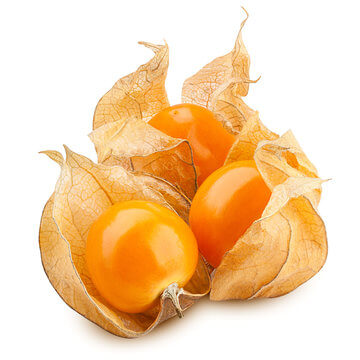
Cape Gooseberries (Physalis) are enclosed in papery husks with long, curling stems. These stems are part of their charm, making them look like lanterns and keeping the fruit protected even after harvesting.
19. Papaya
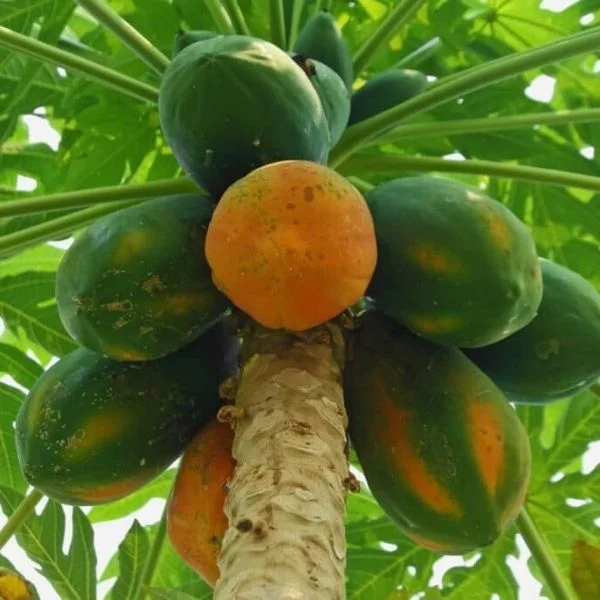
Papayas, when picked, show a thick greenish stem stub at the top, especially in larger varieties. While often trimmed before sale, the leftover stem end tells you it was tree-ripened and carefully cut rather than yanked off.
20. Pomegranates
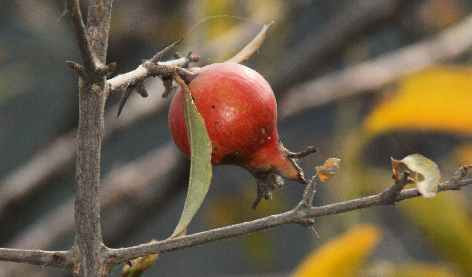
Pomegranates are recognizable by the dried crown-like structure at their top, which includes the remnants of the stem and flower. That structure helps protect the seeds inside and gives the fruit its unmistakable royal look.
21. Bananas
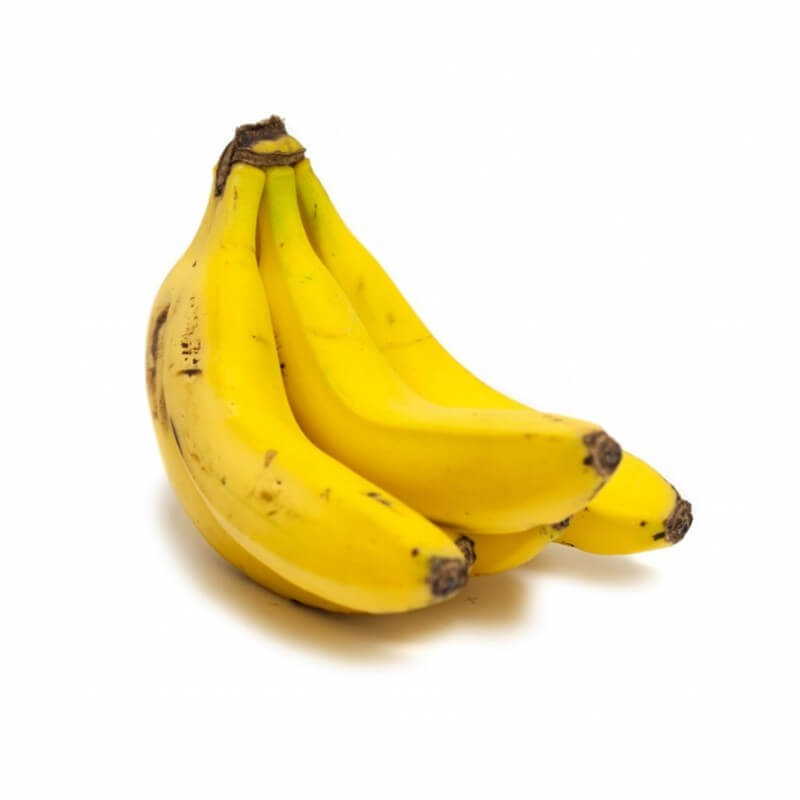
Bananas grow in massive bunches connected by a thick central stalk, with each cluster of fingers attached at the top. When sold, smaller hands of bananas retain these fibrous stems, useful for both hanging and transport.
22. Mangoes
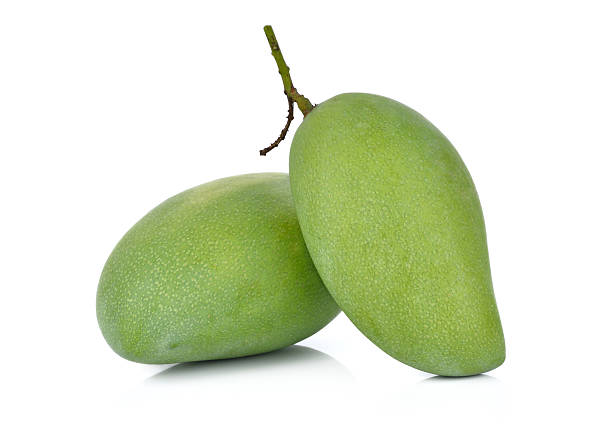
Mangoes typically have a short, thickened stem at the top—sometimes leaking sap when freshly picked. That sap can cause irritation, but it’s also a sign of freshness and tree-ripened quality.
24. Avocados
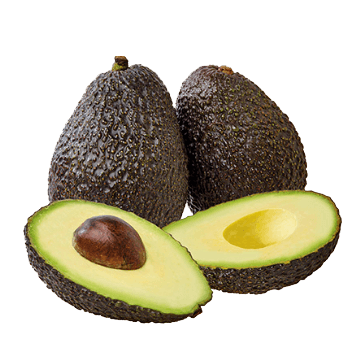
Avocados have a noticeable brown stem nub that plugs the fruit’s top. If the plug comes off easily and reveals green underneath, it’s a sneaky trick to tell if your avocado is ripe and creamy inside.
25. Cranberries
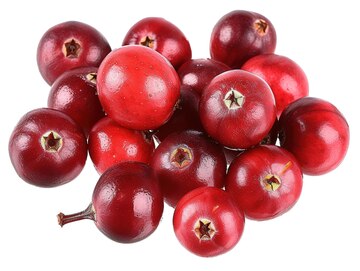
Cranberries, when freshly picked, may retain small stems, especially in hand-harvested batches. While they’re usually removed during processing, stemmed cranberries signal minimal machine handling and better texture.
| # | Fruit | How It’s Commonly Seen With Stem Attached |
|---|---|---|
| 26 | Starfruit (Carambola) | Often sold with a short, woody stem still visible at one end of the ridged fruit. |
| 27 | Loquat | Picked in clusters with thin stems connecting them like a small fruit bouquet. |
| 28 | Sapodilla | Typically shows a short, dark stem remnant at the fruit’s narrow end. |
| 29 | Longan | Sold in tight clusters, each fruit dangling from a branching stem like pearls. |
| 30 | Lychee | Usually appears in leafy bunches with the stem connecting directly to the bumpy skin. |
| 31 | Rambutan | Commonly sold on woody twigs with the hairy fruits clinging to the branch. |
| 32 | Mangosteen | Displays a thick central stem surrounded by a leafy calyx on top. |
| 33 | Surinam Cherry | Frequently comes with a green stem attached to its deeply grooved, pumpkin-like body. |
| 34 | Jujube (Chinese Date) | Often seen with a small, hard stem protruding from the top of the shiny fruit. |
| 35 | Ackee | Grows in clusters on thick stems, usually visible when freshly picked. |
| 36 | Rose Apple | Usually has a thin, upright stem that looks delicate compared to its waxy skin. |
| 37 | Santol | This tropical fruit keeps a prominent stem embedded in its thick skin, like a lid handle. |
| 38 | Salak (Snake Fruit) | Sold with a short, dry stem emerging from its spiky, scaly tip. |
| 39 | Tamarillo | Has a prominent, woody stem sticking out from its pointed top. |
| 40 | Medlar | Often shows a short, knobby stem and a rough, open blossom end. |
| 41 | Horned Melon (Kiwano) | Sometimes seen with a short stem remnant amid its spiky orange skin. |
| 42 | Cacao Pod | Harvested with part of its thick, curved stem still attached to the top of the pod. |
| 43 | Bael Fruit | Displays a rigid, dry stem often used to gauge its maturity. |
| 44 | Nance | Tiny yellow fruits often seen in clusters with wiry stems connecting them. |
| 45 | Buddha’s Hand | This fragrant citrus is sold with a thick stem anchoring its finger-like sections together. |
